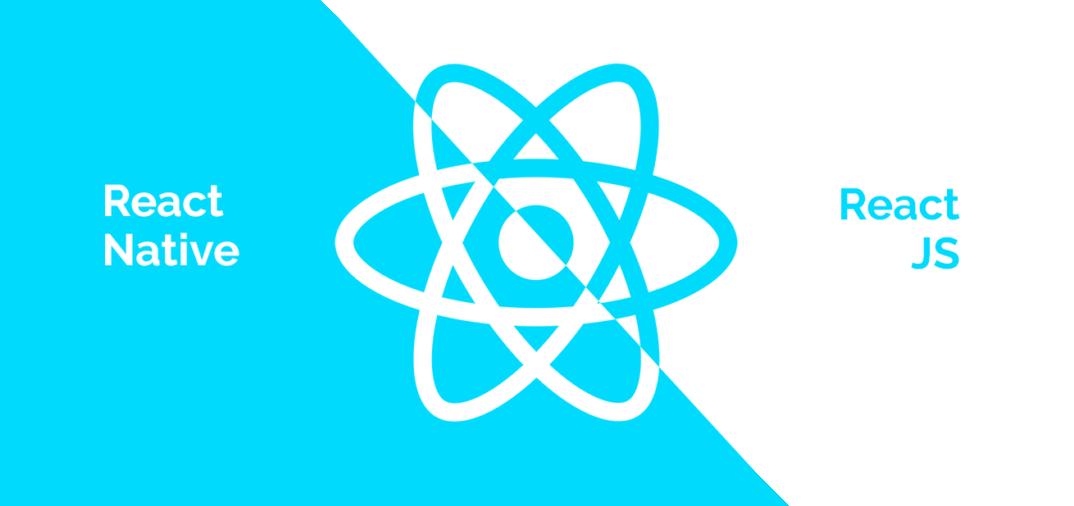Despite having the same parent, similar names, and the same technology backbone, ReactJS and React Native are poles apart.
React is one of the most sought-after JavaScript libraries today. According to JavaScript Analytics Libscore, React is being used by some high-end websites, including Imgur, Netflix, Feedly, Airbnb, and Walmart, to name a few.
Facebook developed React Js to address its need for a dynamic and high-performing UI. In 2011, they released the React JS library. This JavaScript library brought together the speed of JavaScript and a new way of rendering pages, leading to responsive and dynamic user input. After the team open-sourced React Js and its popularity grew, they released React Native in 2015.
React Js and React Native share a thin line of difference, especially concerning setup or how they render any specific function. Let’s consider the most notable differences for a broader outlook.
What is React Js?
React JS is a JavaScript library for creating user-interface for large web applications. This open-source library is especially useful for creating dynamic web pages that process data in real time and can display the changes without needing to reload, like Facebook or Instagram.
What is React Native?
React Native, on the other hand, is a framework consisting of native libraries for creating mobile applications. React Native uses native app components, enabling the developer to develop mobile applications
How React Js and React Native differ in their approaches?
So, as a simple rule of thumb, ReactJS is for web development, and React Native is for mobile app development. Apart from this, there are a few subtle changes in how they approach the same task.
-
Setup and Bundling
React Native is the framework, whereas ReactJS is a Javascript library used for website development. When a company plans to start a new project, they choose bundler-like web packs and figure out which bundle module best fits the project.
To run your app, you must have Xcode (for iOS, on Mac only) or Android Studio (for Android) installed on your computer. You can either run it on a simulator/emulator of the platform you want to use or directly on your own devices.
-
Animations and Gestures
React native allows you to have an entirely new way of animating components of an app with the help of Animated API. It will enable the creation of different animations, including timed, velocity-based, or associated with the gesture.
Furthermore, for user gesture interaction, it is similar to Javascript, which touches the events with a web API called PanResponder. The PanResponder is applied for viewing a component’s text and images to enable a touch handler on the view.
-
Platform-Specific Code
Designing an app for multiple platforms with the same code set can be tedious. It can certainly make the code look unappealing. When you build a Native app, it’s crucial to know that the UX and UI for iOS and Android need to be different.
Based on this and also how your app will look and feel, you can have two choices:
- You can define a universal design for your app to look the same for both platforms as long as it stays intuitive and doesn’t confuse either platform user.
- You can define sets of code for each platform, i.e., have a different DOM, stylesheets, and even different logic and animations to follow the platform’s UI and UX guidelines.
Depending on the two approaches, you can decide which platform to choose. However, if you favor the second approach, then, React native has the ability to detect which platform you are running the code from and can load the right code for the right platform. The ability to generate platform-specific code is one of the biggest USPs of building apps and websites with React Native.
-
Navigation
The two, React Js and React Native take very different approaches when it comes to implementing routing, but both deliver reasonable results.
The web pages built in ReactJS use React-router for navigation, whereas React Native has an entirely different library- Navigator or the purpose.
Wrapping Up
Both ReactJS and React Native are masters in their field of operation. Comparing them and placing one over the other is never a good idea. It all depends on your business needs and goals. React is a JavaScript library that was initially created for developing web applications. However, with the release of React Native, it has been made clear how versatile this framework can be for cross-platform mobile development.
React is an incredible choice for web interfaces because it offers high performance and responsiveness. However, if you want a native experience, go with React Native.
So before you opt for any, analyze your business requirements, consult mobile and web development companies and make a decision you won’t regret.
Nethues has skilled and experienced React developers on standby to assist you with any app development job. We’re here to discuss React vs. React Native in-depth and help you decide which is ideal for your online business goals. Contact our professionals today.






